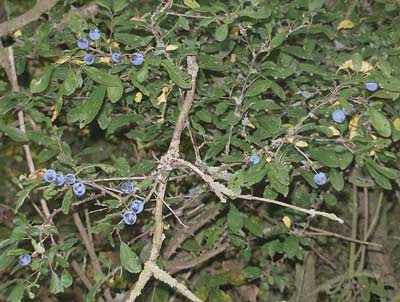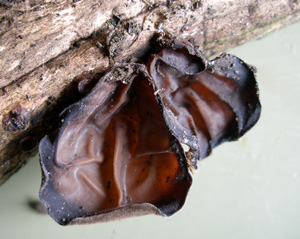Two cocktails bear this name, one made with Irish whiskey, dry vermouth, Pernod and Angostura bitters; the other with sloe gin and Martini rosso.

Sloe. A wild fruit like a small, tart plum with purple skin and yellow flesh which grows on the blackthorn. It is famously used to make sloe gin.
A fish-eating bird, inferior to duck but treated in the same way.
An indeterminate variety of Russian heirloom tomato which produces large, dark mahogany red-brown, almost black fruits, weighing around 100 g (4 oz), early in the season. They are among the best black tomatoes in terms of flavour, which is complex, and production.
A thick, dark, extremely sweet syrup which is known as molasses in the United States. In Boston, we lived in a building which had been built on reclaimed land, the site of a molasses factory. On 15 January 1919 this factory was damaged by some catastrophe, never really identified, and a great vat of molasses, nearly 20 metres (60 ft) high disintegrated. It had a capacity in excess of 2,000,000 gallons. Like lava from a volcano the molasses ran through the streets to a depth of around 6 meters (18 ft) and travelling at 25-30 miles per hour. Twenty one people were drowned in the treacly sea which engulfed them and some 150 others injured. It is said that, after a tortuous clean-up, molasses continued to ooze from cracks in the ground for another 30 years.

Judas's ear fungus, often found dried. Dried or fresh they should not be fried, as they explode, but stewed with other ingredients.
Blackfish. A lean fish found in the Pacific with many tiny fine bones and a delicate flavour. Much used in Chinese cooking.
Black chanterelle or horn of plenty. A wild mushroom which should be cooked.
A large root vegetable resembling a turnip. It has crisp, white, piquant flesh which must be peeled before eating. It can be eaten raw in salads or cooked.